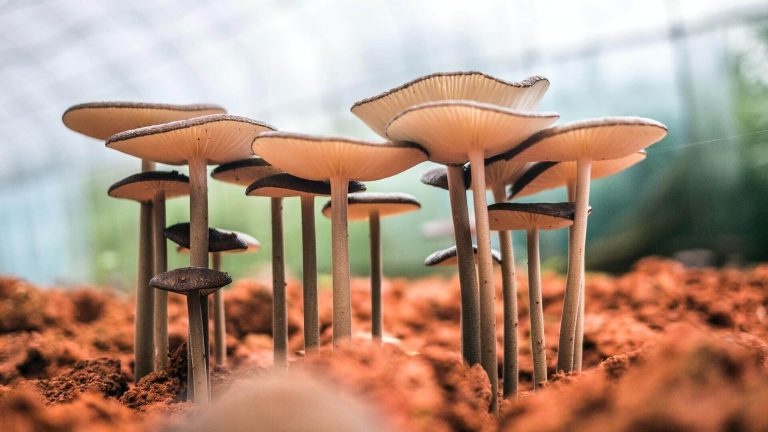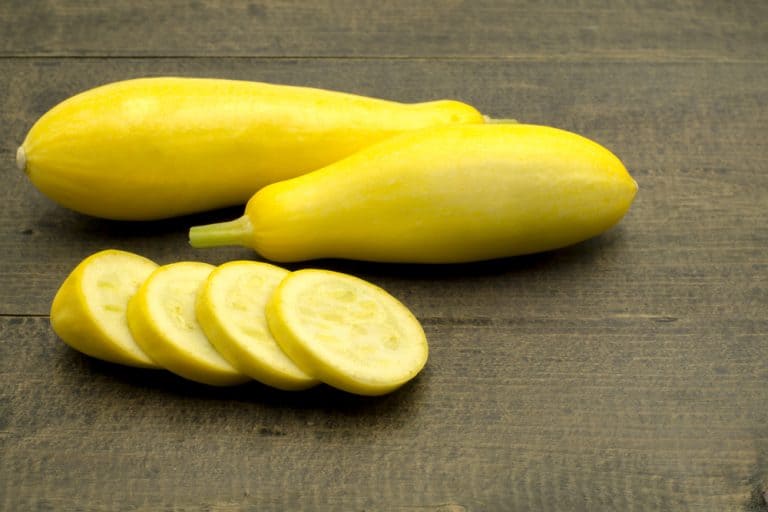Why Are The Leaves On My Plant Curling?[And How To Fix It!]
Are you wondering Why Are The Leaves On My Plant Curling? Here are all the reasons why and how to fix the problem!
Your plants’ leaves are constantly attempting to communicate with you. Your plants are well-cared for and strong when they are consistently bright, spacious, erect, and developing rapidly.
Your plants are likely to experience severe damage from a pest, disease, nutritional deficit, or other problem if the leaves appear wilted, spotted, or otherwise weak.
Simply evaluate the signs you detect, identify the source, and discover how to deal with it. In this article, we’ll guide you through the most common reasons why your plant’s leaves may be curling. Let’s dive in!
Related Articles:
- What Do Plants Need To Grow And Survive? [2022 Guide!]
- Why Is My Plant Drooping?[And How To Fix It!]
- Best Retractable Garden Hose Of 2022!
DISCLAIMER
Some of the links on here are affiliate links and I may earn if you click on them, AT NO EXTRA cost to you. Hope you find the information here useful! Thanks.
1. They’re Overwatered
Root rot and leaf curling upward can both be caused by too much moisture. To prevent this, water only when necessary and then let the top few centimetres of soil fully dry before rehydrating. Using a moisture meter, you can easily detect your plants watering needs.

It’s wise to offer insufficient water because you can easily add more later, but getting water out of the soil is difficult. Use a pot with drainage holes when planting your crop, and insert some pebbles or chips at the bottom of the pot before introducing soil to help with drainage.
Remove your plants if the leaves are curling up and the ground is soggy to inspect for root rot. If any roots appear to be weak or mushy, they must be removed to avoid the rot from propagating and creating more problems.
Using a sharp blade or shears, ensure the rotten roots are fully removed and disposed of.
2. They’re Too Hot
Most plants enjoy a little heat now and then, but just like people, excessive amounts of it may be harmful. High temperatures can promote rapid drying, causing the leaves to curl up in an attempt to retain moisture.
Even frequent watering may be futile under these conditions, since your plant may absorb moisture at a rate that prevents it from reaping the benefits. Consider shifting the plant instead of doubling the levels or frequency of watering.
Your plant may profit from a position away from windows that amplify the sunshine or synthetic sources of heat such as radiators.
An air vent or a fan may offer enough ventilation and a breeze to keep it cool. If the issue is too much heat, the leaves at the base of the plant will probably be the most damaged.

Watch the temperature of the building and identify locations where the space may be at its hottest, such as near radiators or lighting fixtures, to avoid plants from wilting from extreme heat. You should also leave enough space among plants for air to circulate.
3. They’re Infested
Another thing to look for is whether bugs are residing on your crop and gnawing away at it. Aphids and other feeding bugs can drive leaves to become deformed and curl. They prefer to live on the underparts or ends of plants.
Another insect that might cause your plant’s foliage to curl upwards is whiteflies. These bugs are practically transparent, making them difficult to identify. They, too, cling to the undersides of the leaves, sucking the water out of them.
Insecticide can be used to get rid of bugs. You can also use soap and warm water instead of pesticides if you choose not to use chemicals or find them too expensive. Repeat the process until all of the aphids have died.
When dealing with significant infestations, it’s typically preferable to remove the most infected regions. Sticky traps that attract pests can be used to keep them away.

These traps are more typically an indicator of a possible problem than a complete remedy, so if your adhesive traps are clogging up with pests, it’s a chance to give your plants a thorough inspection.
Note– If you want to make your green fingers happier and your life easier, you can use this affordable 83 pieces ultimate gardening set to help you garden like a pro!
4. They’re Nitrogen Deficient
Chlorophyll, the chemical that permits plants to convert solar energy into fuel, contains nitrogen. As a result, damaged leaves can indicate that your plant isn’t receiving sufficient nitrogen.
In the event of a nitrogen shortage, your plants’ self-preservation will kick in, and nitrogen reserves will be diverted to the younger leaves. This implies that the older leaves at the bottom of the plant will become the ones to curl up as a result of the deficit.
They could also start to become yellow, then brownish and die if left untreated. Plants that are about to blossom or produce fruit often have nitrogen deficit in their leaves because their energy is being diverted elsewhere.
If your plant is on the verge of flowering or fruiting, a high-nitrogen formula in an easily absorbed form should suffice. It’s suggested that you give your plants amino-acid vitamins on a regular basis to make sure nitrogen deficit doesn’t occur.

Amino acids enable your plant to generate protein, which aids in the uptake and utilisation of nitrogen.
5. They’re Getting Too Much Light
Indirect sunlight is preferred by many plants, especially those from tropical climes. The leaves may curl up or turn brown if exposed to too much light. Excessive photosynthesis chemically reacts within the plant, which causes this.
Consider it in the same manner that animals require food but become unhealthy if they consume too much of it. Plants follow the same approach. Excessive light is probably the cause of the issue if the older leaves curl up and the fresh leaves are smaller than expected and have brown tips.
Relocate the plant to a location with less direct sunlight, or install a net screen between the plant and the window to diminish the impact of the light from the sun.

6. They’re Infected
Curling leaves indicate that your plant is infected with a virus. Because plant infections are usually irreversible, it is recommended to remove the infected plants to prevent bacteria from spreading.
On such an infected plant, leaf curl is expected to be just one of several manifestations. Affected plants should not be composted, and after eliminating them, it’s a good idea to examine all the plants in the area for evidence of disease and eliminate any that show symptoms.
If a plant appears to be healthy except for a small area of infection, consider removing only the contaminated parts of it initially. However, keep a watch out for any more evidence of disease and treat them as soon as possible.
7. They’re Chemically Damaged
If you decide to use herbicides, be sure they’re exclusively directed at the weeds you want to get rid of. Whenever it comes to harming plants, most pesticides are opportunistic, and any that deviates from your valued plants is likely to do irreversible damage.
Curling leaves are one of the earliest indicators of harm, and if you discover it soon enough, you may be able to save the plant by dousing it with water.
However, most pesticide damage is irreversible, and the best remedy is to eliminate the plant’s injured sections. If the damage is too severe to remove, try providing the plant with a healthy amount of fertiliser and water to help it resist the herbicide’s harmful effects.

There you have it! All the answers to your question: Why Are The Leaves On My Plant Curling and how to fix it! Hope your plants stay happy and hydrated!



![When To Harvest Jalapeños? [+Mistakes To Avoid]](https://aboveandbeyondgardening.com/wp-content/uploads/2021/10/When-To-Harvest-Jalapenos-768x512.jpg)
![How To Harvest Rosemary Without Killing The Plant? [Personal Experience!]](https://aboveandbeyondgardening.com/wp-content/uploads/2022/10/How-To-Harvest-Rosemary-Without-Killing-The-Plant-3-768x511.jpg)

![What Is Eating My Tomatoes? [And How To Fix It!]](https://aboveandbeyondgardening.com/wp-content/uploads/2021/10/What-Is-Eating-My-Tomatoes--768x512.jpg)
![Using Neem Oil For Tomatoes: The Ultimate Guide [2023]](https://aboveandbeyondgardening.com/wp-content/uploads/2022/10/neem-oil-for-tomatoes-1-768x512.jpg)